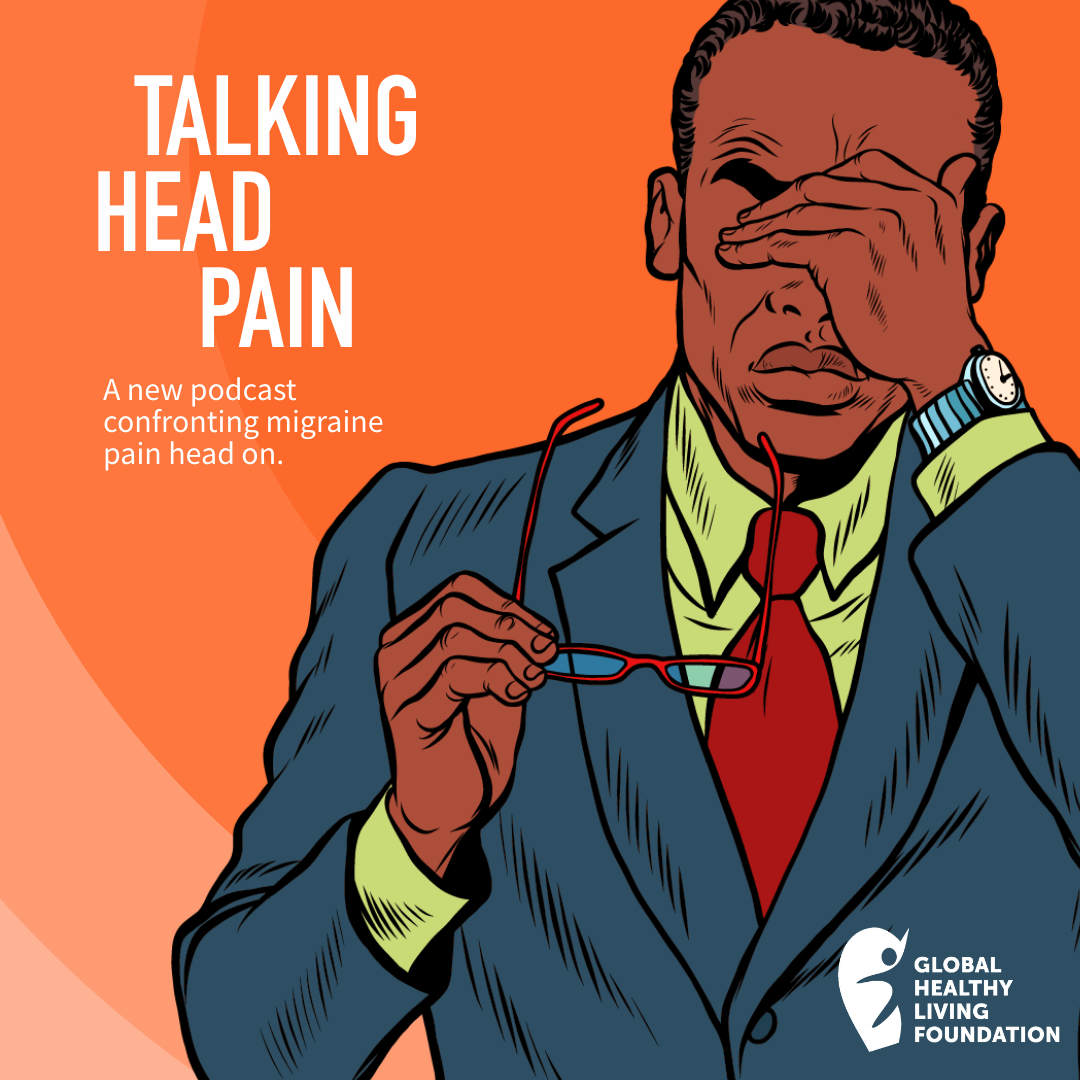

Have you ever worried that your handshake isn’t as firm as it used to be? Or that it seems to take more effort to squeeze the shampoo bottle during your morning shower? Or perhaps you’ve noticed you’ve been dropping things a lot more than usual?
These may seem like small annoyances, but they are actually signs that you shouldn’t ignore: They are all red flags that your grip strength may be declining.
Having arthritis can weaken your grip strength. If you have arthritis, it’s important to understand how your condition can impact your grip and what you can do to protect it.
Why Grip Strength Is Important
A grip is not just a sign of hand strength or dexterity. Newer research shows that it is also linked with important aspects of overall health and aging. Poor grip is linked to age-related decline, physical dependence, and lower cognitive ability. For example, a study published in The International Journal of Environmental Research and Public Health found that a weaker handgrip strength was significantly associated with a higher risk of all-cause mortality in adults.
Grip strength is closely associated with two widely acknowledged signs of aging: sarcopenia (muscle loss) and dynapenia (strength loss). Starting in your late thirties, you naturally begin to lose both muscle mass and strength — including in your hand grip — and this can be an indicator of how quickly and how well your body is aging.
This is particularly pertinent to people with arthritis, as they often experience a faster decline in grip strength and at younger ages.
Hand strength is a strong indicator of your overall ability to function and how disabling your arthritis is, likely because your hands are involved in so many aspects of daily life, according to a study published in the journal Advances in Rheumatology.
How Arthritis Changes Your Grip
Arthritis in the hands changes your grip from a structural perspective. Arthritis in the fingers and thumbs is incredibly common and it always affects your grip because 50 percent of hand use — and 100 percent of gripping — requires a functioning thumb, says A. Lee Osterman, MD, a professor of hand and orthopedic surgery at Thomas Jefferson University and president of the Philadelphia Hand Center.
Osteoarthritis of the thumb causes gripping and pinching to become very painful and can result in significant disability, he says.
Inflammation from inflammatory arthritis types such as rheumatoid and psoriatic arthritis can cause weakness in the grip, says John Esdaile, MD, MPH, rheumatologist and the scientific director of Arthritis Research Canada. Osteoarthritis can also cause inflammation in your hand from the breakdown of cartilage, he says.
Arthritis also changes your grip functionally. Swollen, painful joints are simply harder to use.
If you have wrist, thumb, or finger pain, you need to let your doctor know, even if there are no outward signs like swelling, redness, or disfigurement, he says. They can help you get the inflammation and pain under control before it limits your strength and range of motion, he explains. Take our PainSpot quiz to figure out what could be causing your hand pain.
How to Protect Your Hands and Improve Grip Strength
The cause of arthritis in the hands is multifactorial — such factors as genetics, injury, illness, and age all play a part — but regardless of why you have it, there are common tools and strategies that can help prevent aggravation and maintain healthy grip function, Dr. Osterman says. Here are some ways to protect your grip strength when you have arthritis.
Strengthen Your Hands
Strong hands mean more productive and less painful hands, says Kelsey Zamoyski, MOTR/L, CHT, CEAS-I, a board-certified occupational therapist, hand therapist, and owner of Defy Therapy & Wellness. “We don’t often think of all the small muscles that make up our hands, but they can be worked just like any other muscle,” she says. “Increasing your grip strength is one of the best things you can do to lessen the impact arthritis has on your life.”
Use a grip strengthener
There are many tools designed specifically to help strengthen your grip. Using them for even a few minutes a day can make a difference, says occupational therapist Brittany Ferri, OTR/L, CCTP, founder of Simplicity of Health. One she likes is the Gripmaster as you can use it to exercise your whole hand or individual fingers.
Use grip toys
For a less-intense workout (and for a bit more fun), try using grip toys, Zamoyski says. These include silicone stress balls, finger stretchers, rubber bands, and thick rings to squeeze, stretch, twist, and manipulate. These toys are good because they work your hand from several different angles, allowing you to target different muscles and types of movement, she says.
Do daily hand exercises
There are a lot of great exercises you can do anywhere that will build strength in your hands and improve your grip, Zamoyski says. The key is to make sure you’re doing movements that strengthen and improve flexibility, she says. Start with our tutorial for hand exercises for arthritis.
See a physical or occupational therapist who specializes in hands
There are therapists who focus on hand strength and motion. They can help you with exercises designed to your specific needs and help you find workarounds for activities that may feel too painful, Dr. Esdaile says.
Make Lifestyle Changes
Follow your medication regimen to reduce inflammation and pain
Before you do anything else, make sure you’re doing everything you can to reduce the inflammation, including taking your medications as prescribed, Dr. Esdaile says. This is priority number one because pain and inflammation make everything harder and trying to push through it can make your symptoms worse, he says.
Maintain a healthy weight
Not only does obesity (having a BMI greater than 30) dramatically increase your risk of knee osteoarthritis, but it can also increase your risk for osteoarthritis in your hands, Dr. Esdaile says. Eating a healthy, anti-inflammatory diet may help you lose weight and, in turn, reduce your hand issues, he says.
In fact, recent research presented at the EULAR 2020 E-Congress, Norwegian researchers found that people with higher body mass index (BMI) and waist circumference reported higher pain intensity in their hands (as well as in their feet, knees and hips) — and this was not explained by higher levels of synovitis in the joints. The authors suspected that the link “may at least partly be driven by a higher prevalence of central pain sensitization in persons with higher BMI.”
Use Products and Devices to Ease Pressure on Your Grip
You can only do so much to strengthen your hands, especially if you’re working around significant pain and/or deformity. You can also rely on tools to help you with your grip, Dr. Osterman says. There are a lot of great products designed with grip in mind.
Rub on some liquid chalk
“I got the idea from my powerlifting days when I used liquid chalk to help me grip the bar better when doing deadlifts,” says Joe H., 55, who has osteoarthritis and gout. “With the arthritis, I figured I’d just try a bit and I discovered that it makes opening jars a cinch, same with doorknobs.” Unlike regular chalk, liquid chalk doesn’t make a mess and is easy to clean up. “Just go easy — a little goes a long way,” he adds.
Wear rubber gloves
A simple pair of yellow, rubber dish gloves can be a lifesaver when it comes to improving your grip, says Amina F., 30, who has rheumatoid arthritis. “The rubber helps me hold on to slippery things like makeup bottles, grip lids, push the vacuum, and things like that,” she says. “I even keep a pair in my car because they’re great for turning the key and helping me grip the steering wheel.”
If you’re worried that dish gloves are a little too attention-grabbing, try a pair of gripper gloves — they fit and look like normal gloves but they have a textured, rubberized surface on the palms. If you just need a little extra grip, a pair of medical latex gloves will do the trick, plus they’re disposable.
Use a mechanical grabber
Grabber tools won’t help for things that need a firm grip or need to be twisted but they’re great for picking up light or small objects, Ferri says. Grabber tools (like these) come in multiple lengths and some are even collapsible, making them easy and convenient to store or keep in your purse. You can hold the handle with your whole hand making it easier to squeeze.
Use a gripper made of Dycem
Dycem is a flexible, grippy material that is a staple used by OTs in treating patients with arthritis, Ferri says. She recommends this dycem cone gripper as it will increase your grip, preventing slips and easing pain. The cone shape allows it to fit comfortably in your palm and open a wide variety of containers.
Keep a dressing tool handy
Getting dressed can feel like a crucible for people with arthritis in their hands. Buttons, zippers, hooks, shoelaces, socks, and bras all require pinching and gripping. A multi-purpose dressing tool can take the pressure off your hands and make getting dressed faster and easier, Ferri says.
Try other practical ergonomic tools for daily tasks
There are a wide array of assistive devices designed to protect your hands and preserve your joint function by taking pressure off hand joints while doing daily tasks, Dr. Osterman says. He suggests using ergonomic tools like mounted jar openers, saw handle knives instead of flat handles, keys mounted in key holders, spring loaded scissors, and wider pens.
Any way you can reduce the pressure on your hand joints, even if it seems small, is worth the investment, he says.
Bae EJ, et al. Handgrip Strength and All-Cause Mortality in Middle-Aged and Older Koreans. International Journal of Environmental Research and Public Health. March 2019. doi: https://doi.org/10.3390/ijerph16050740.
Gloersen M, et al. Associations Between Measures of Overweight/Obesity and Joint Pain in Persons with Hand Osteoarthritis: Results from the Nor-Hand Study. Annals of the Rheumatic Diseases. Volume 79, Supplement 1. 2020. https://ard.bmj.com/content/79/Suppl_1/788.1.
Interview with A. Lee Osterman, MD, a professor of hand and orthopedic surgery at Thomas Jefferson University and president of the Philadelphia Hand Center
Interview with Brittany Ferri, OTR/L, CCTP, occupational therapist and founder of Simplicity of Health
Interview with Kelsey Zamoyski, MOTR/L, CHT, CEAS-I, a board-certified occupational therapist, hand therapist, and owner of Defy Therapy & Wellness
Interview with John Esdaile, MD, MPH, rheumatologist and scientific director of Arthritis Research Canada
Sferra da Silva G, et al. Hand strength in patients with RA correlates strongly with function but not with activity of disease. Advances in Rheumatology. August 2018. doi: https://doi.org/10.1186/s42358-018-0020-1.
Join CreakyJoints Canada
For people who live with chronic illness, having a community that cares and advocates for your needs can be helpful. Join CreakyJoints Canada.





